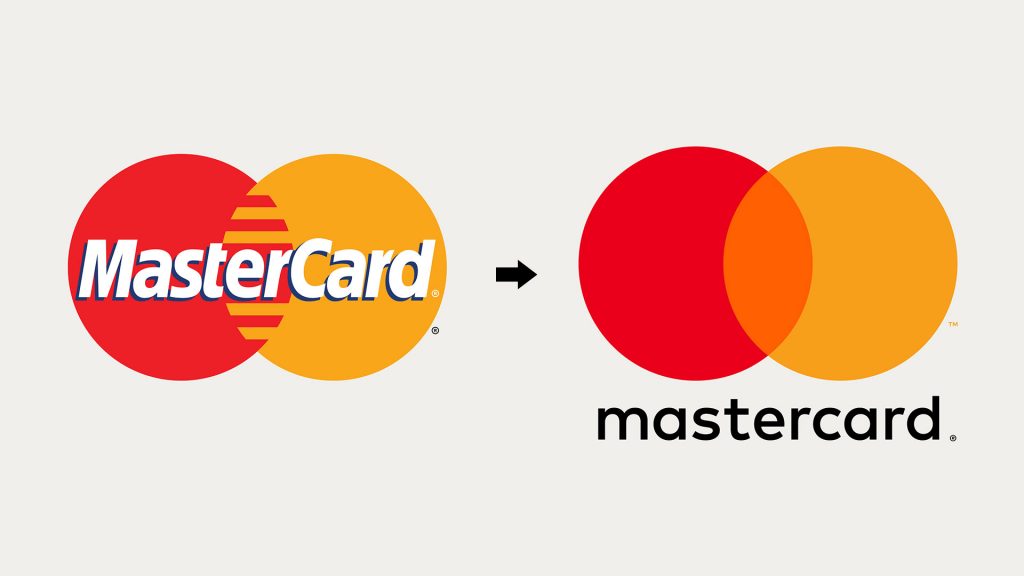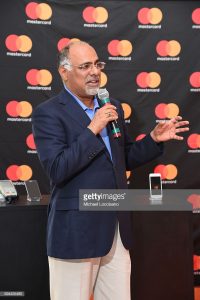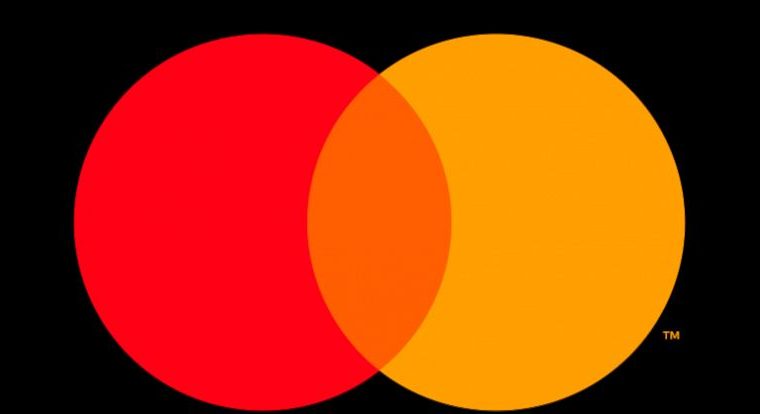Mastercard, one of the most prominent payment methods within the capital markets industry, will drop its name from its brand mark in retail contexts.

The Matercard Symbol will maintain its interlocking red and yellow circles and lose the name on its logo used at retail locations both in the physical and digital worlds, and major sponsorship properties.

Raja Rajamannar, chief marketing and communication officer at Mastercard, commented: “Reinvention in the digital age calls for modern simplicity. And with more than 80 percent of people spontaneously recognizing the Mastercard Symbol without the word ‘mastercard,’ we felt ready to take this next step in our brand evolution. We are proud of our rich brand heritage and are excited to see the iconic circles standing on their own.”

Michael Bierut, partner at Pentagram, said: “We live in a time where, increasingly, we communicate not through words but through icons and symbols. Mastercard has had the great fortune of being represented by two interlocking circles, one red, one yellow, since its founding in 1966. Now, by allowing this symbol to shine on its own, Mastercard enters an elite cadre of brands that are represented not by name, but by symbol: an apple, a target, a swoosh. Mastercard’s two interlocking circles have always represented their commitment to connecting people. Now, that commitment is given greater presence by Mastercard’s status as a symbol brand.”
For more than 50 years did Mastercard use the red and yellow interlocking circles which symbolize the brand’s promise to connect people to Priceless possibilities, according to the company.
Retail foreign exchange broker may have to look into whether they fit the description of digital retail locations. For now, most trading companies have kept the historical logo untouched.
In late April 2018, Mastercard singled out binary options, CFDs, forex cryptocurrency options and ICOs as businesses which are deemed as “high risk” in a letter to payment processors. The decision, which came in effect from the 12th of October 2018, set revised standards for high-risk securities merchants. Forex brokers and issuers of initial coin offerings are now required to execute transactions only in jurisdictions where they are legally allowed to operate with proper licenses.












